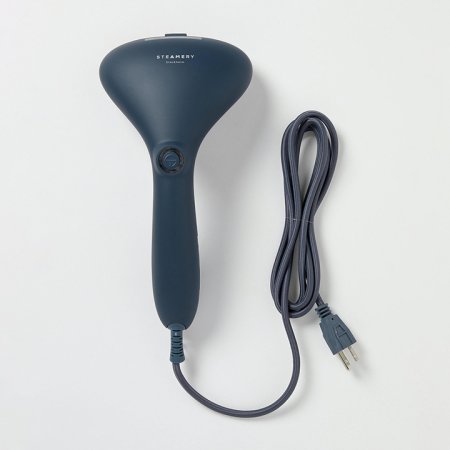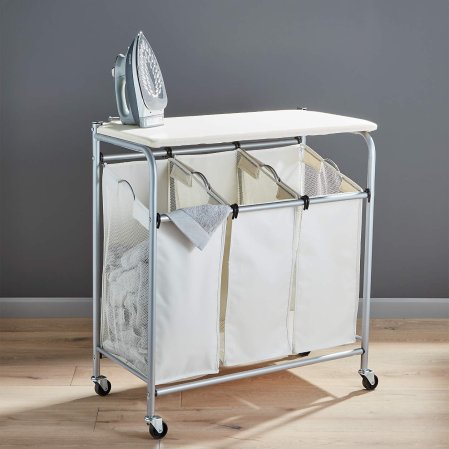We may earn revenue from the products available on this page and participate in affiliate programs.
You’ve decided to cut down on your plastic waste, shop at thrift stores before buying new, carry a reusable tote wherever you go, and swear off plastic water bottles for good. It’s 2021, and you’re doing what you can to make your habits more sustainable—but chances are there are still plenty of ways you can help the earth that you didn’t even realize were possible. And a good place to start is with your laundry.
See, you might use a natural detergent and clean your clothes in cold water as much as possible, but chances are, your dirty clothes can have some serious environmental implications you didn’t know about. I’m talking about microplastics: tiny fragments that come off of synthetic materials (like nylon, acetate, and polyester) in the washer and go on to pollute waterways.
It’s a serious problem—one that’s increasingly concerning—but not one that’s totally impossible to alleviate. That’s why, near the end of last year, I decided to buy a Cora Ball.
Coming in at just under $40, the Cora Ball is a spherical contraption made of recycled plastic that traps those tiny microplastic particles and makes them easy to dispose of. The inspiration for its design came from a, well, natural place. “We needed to collect small things from moving water, and we realized that coral does exactly that,” explains founder-inventor Rachael Z. Miller. “Coral is effectively attached to a rock and yet it catches tiny bits of plankton from moving water. That moment informed our design moving forward, and the Cora Ball, with it’s coral-like stalks, was born.” Basically, all you have to do is toss the soft ball in your washing machine, and after a few loads you’ll find its holes have filled with microplastic lint, which you can easily remove by hand and toss in the trash, preventing it from making its way into the ocean.
And, yes, it does work: An unaffiliated study published in February 2019 showed that the Cora Ball caught 26 percent of microplastics shed by fleece blankets. (In the same study, a device called the Lint-LUVR caught 87 percent of microplastics, but that tool costs $140 and requires installation, so it isn’t ideal if you don’t own your washing machine.)
It’s true that, in most cases, you don’t need to buy anything to be more sustainable, but laundry is tricky: You can prioritize buying clothes made with natural materials like cotton, wool, and linen whenever possible, but it would be hard to rid your wardrobe of all synthetic fibers (and wasteful to needlessly throw things out). For basically the cost of dinner and a drink, I know that in the year to come, my laundry will have a smaller negative impact on the world we live in, thanks to my Cora Ball—and that, to me, is priceless.
More Laundry-Day Essentials
More stories like this: People Who Install This in Their Homes Save $130+ a Year I Tested the 5 Most Popular Reusable Straws and There’s a Clear Winner These 6 Things Aren’t Recyclable—Here’s What to Do With Them Instead




